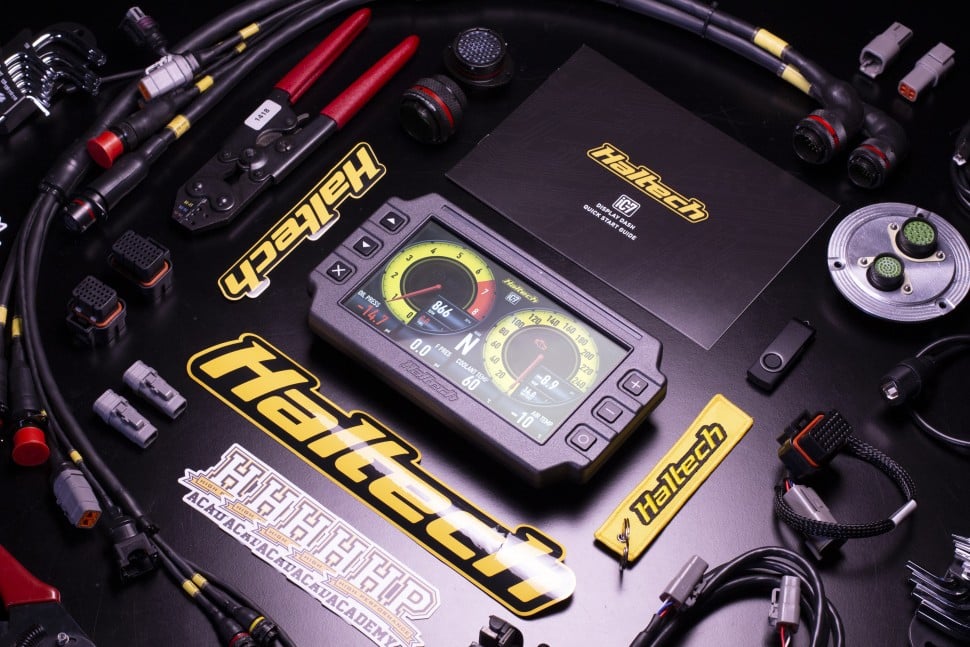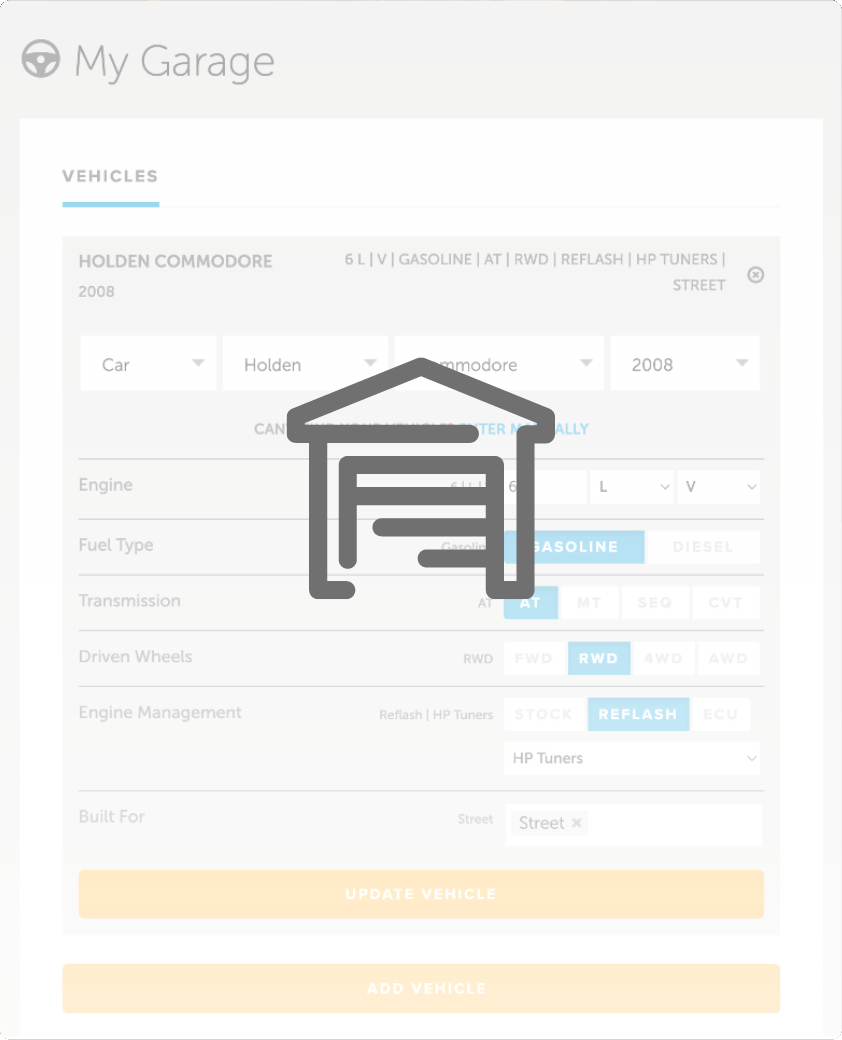| 00:00 |
After finishing the scanning process, we can allow the app to start processing the scan.
|
| 00:05 |
During this process, the app will analyse and align all the images to understand the depth of each 2D image in 3D space.
|
| 00:12 |
Then it builds a 3D model and applies texture if it was captured.
|
| 00:17 |
This can be a very time consuming process for some apps, especially for a reasonably big scan, so don't be surprised if it takes a few hours in extreme cases.
|
| 00:28 |
Following this process, the majority of apps will allow us to edit the mesh file.
|
| 00:33 |
Most of the functions will be similar to basic photo editing software, as with photogrammetry, it's essentially the same thing.
|
| 00:41 |
We can crop the model, apply filters to its appearance, as well as adjust the exposure and contrast and so on.
|
| 00:48 |
It's also possible to measure the model to check its accuracy before moving forward.
|
| 00:53 |
Once we're happy, the mesh file can be exported for use in CAD or simply sent away to the end user.
|
| 00:59 |
The only trick here is choosing the file format we want, which is something we've covered in more detail previously in the mesh files module in the fundamental knowledge section of this course.
|
| 01:11 |
Generally though, for mechanical design, we'll be choosing an STL file for a basic model, or an OBJ if we want to also include the texture.
|
| 01:19 |
From here, our phone should give us the usual options for sending files, like messages or emails.
|
| 01:26 |
As I work with Apple products, I personally like to airdrop the files straight to my computer.
|
| 01:32 |
If we export an STL file, then the process is very simple.
|
| 01:36 |
We can store the STL file on our computer, and then we can open it in CAD, which we'll be covering in a coming module.
|
| 01:43 |
OBJ files are a bit different, as we know these will come along with an MTL file and an image file, or multiple image files.
|
| 01:51 |
The app will compress these into a zip file, which we can then unzip on our computer to create a folder containing everything we need.
|
| 01:59 |
It's important that we keep all these files together if we want the texture to be applied to the model when we open it in CAD.
|
| 02:05 |
Skipping forward a few moments, a common mistake is trying to upload the zip file into CAD, which simply won't work.
|
| 02:14 |
So, be sure to keep this in mind, and ideally unzip everything and remove the original zip file to avoid potential problems.
|
| 02:22 |
To recap the main points here, after finishing the scan, we can allow the app to process the results and create the model.
|
| 02:29 |
And most apps will also be able to edit the model with similar tools to editing images, as well as take measurements to check the accuracy.
|
| 02:37 |
Once we're happy, we can export the mesh file as an STL or an OBJ if we want to include texture, and send it to our computer.
|
| 02:45 |
If we're working with an OBJ, the files need to be compressed into a zip, and we'll need to unzip these before opening them in CAD, just be sure to keep all the files together.
|





